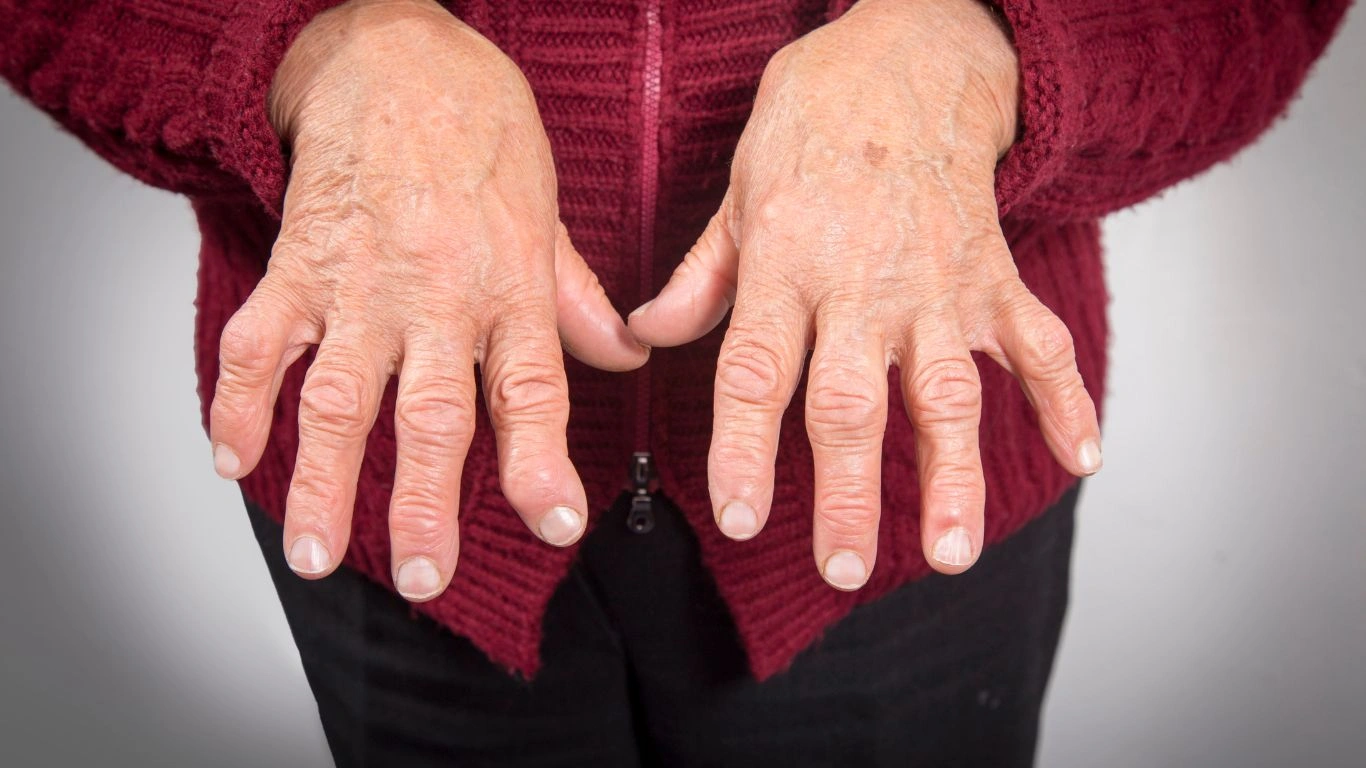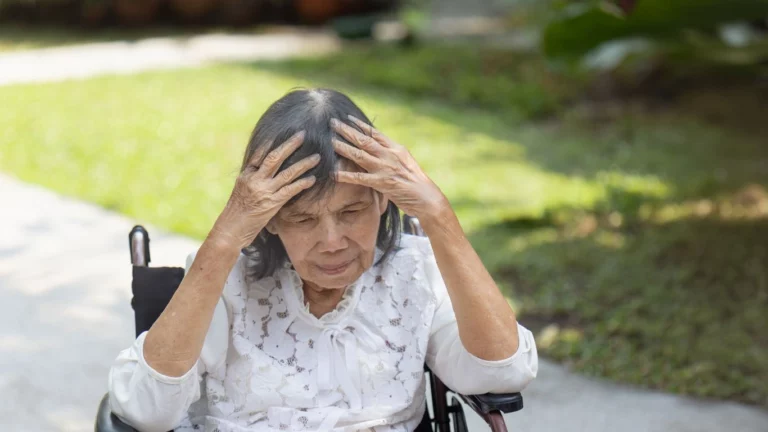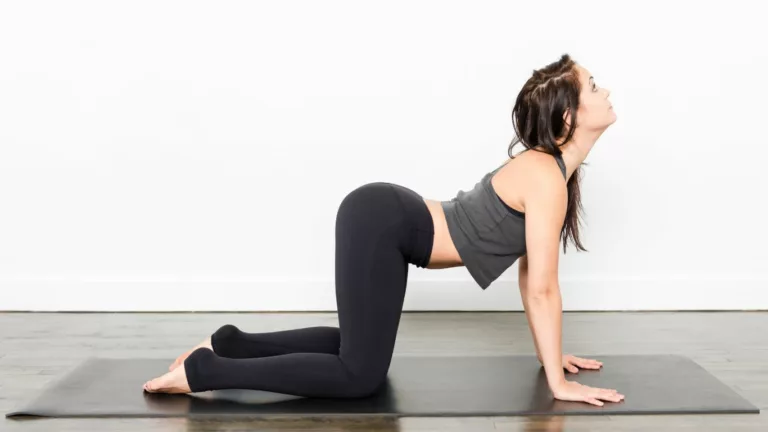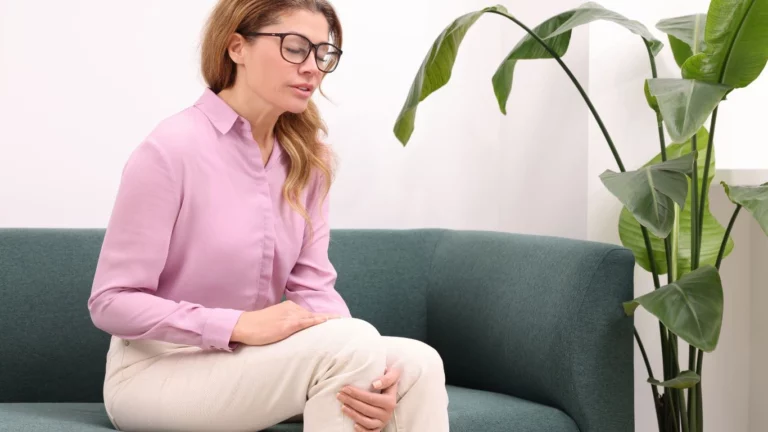Rheumatoid Arthritis and Its Effects on Your Posture 🧑⚕️🦵
If you’ve ever dealt with rheumatoid arthritis (RA), you probably know it’s not just about painful joints. It can mess with your posture too, and honestly, a lot of people don’t even realize how much it changes the way they hold themselves. So, let’s dive into how RA can affect your posture and what you can do about it. Spoiler alert: it’s not all bad news!
What’s the Deal with Rheumatoid Arthritis Anyway? 🦴

RA is basically when your immune system decides to attack your joints instead of protecting them. Sounds fun, right? It causes inflammation, pain, and swelling, and over time, it can mess with the shape of your joints. The hands, feet, knees, and spine are the usual trouble spots, but really, it can hit any joint. And when your joints aren’t functioning the way they’re supposed to, your whole body compensates—and that’s where the posture problems can start.
So, How Does RA Actually Mess with Your Posture?
Well, here’s the thing—when joints start to wear out or get deformed, your body has to make adjustments. These changes can throw off your alignment and make it hard to stand, walk, or even sit properly. It’s not just about looking awkward either—over time, poor posture can make everything worse. Here’s how:
- Restricted Movement: When RA kicks in, it can be harder to move around. You might end up walking differently or standing hunched over just to avoid pain.
- Joint Deformities: If the disease continues, some joints might lose their shape, and you can end up with a permanently tilted head or shoulders.
- Muscle Weakness: RA pain and limited movement can weaken the muscles that help you stay upright, making it even harder to maintain good posture.
The Long-Term Effects of Poor Posture
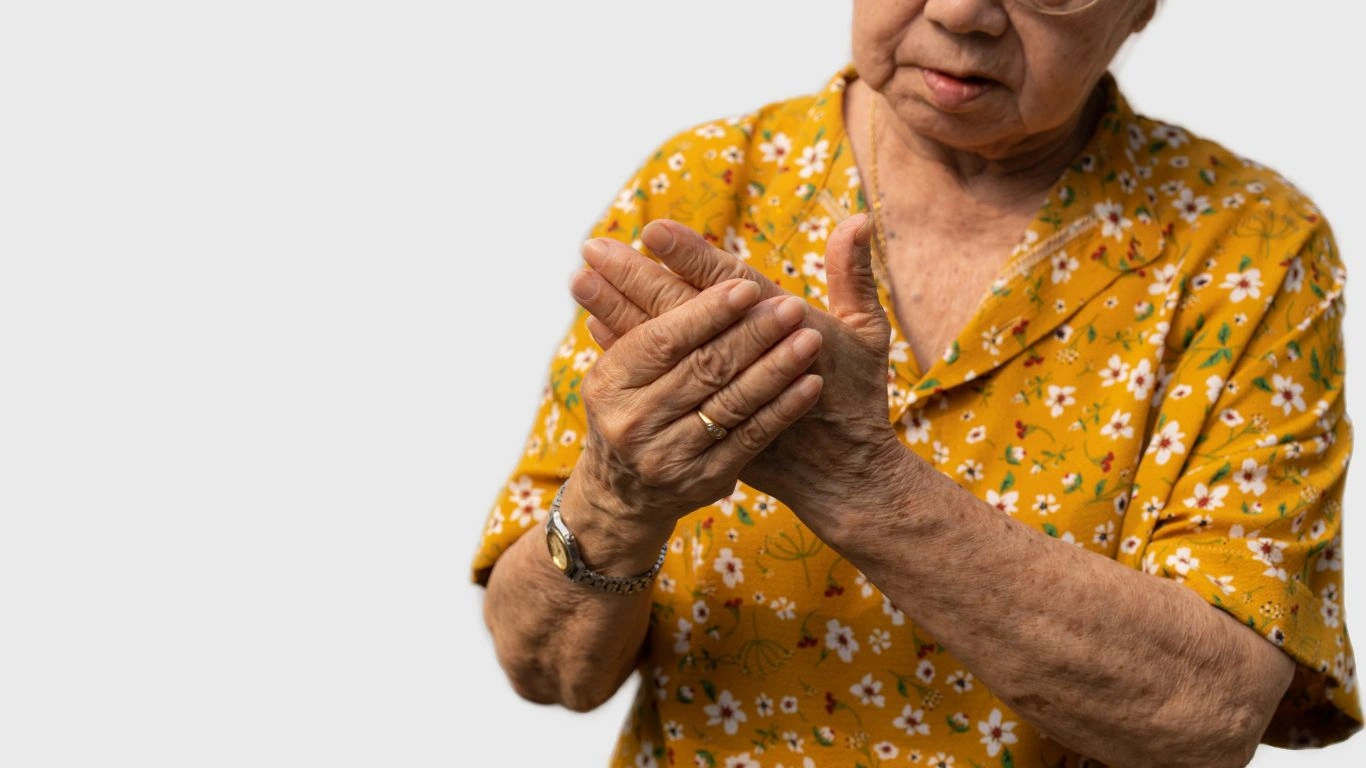
You might not notice it at first, but poor posture due to RA can start causing issues elsewhere in your body. If your joints aren’t aligned, it puts stress on your muscles and bones, leading to things like:
- Neck and Back Pain: Hunching over to protect your knees or hips can make your back and neck hurt too.
- Fatigue: When you’re slouching or leaning to one side, it takes more energy than just standing up straight, which can leave you feeling worn out.
- Extra Strain on Other Joints: If you’re compensating for one joint, you might end up causing problems in other areas of your body, like your shoulders or hips.
Troubleshooting Common Issues with RA and Posture 🛠️
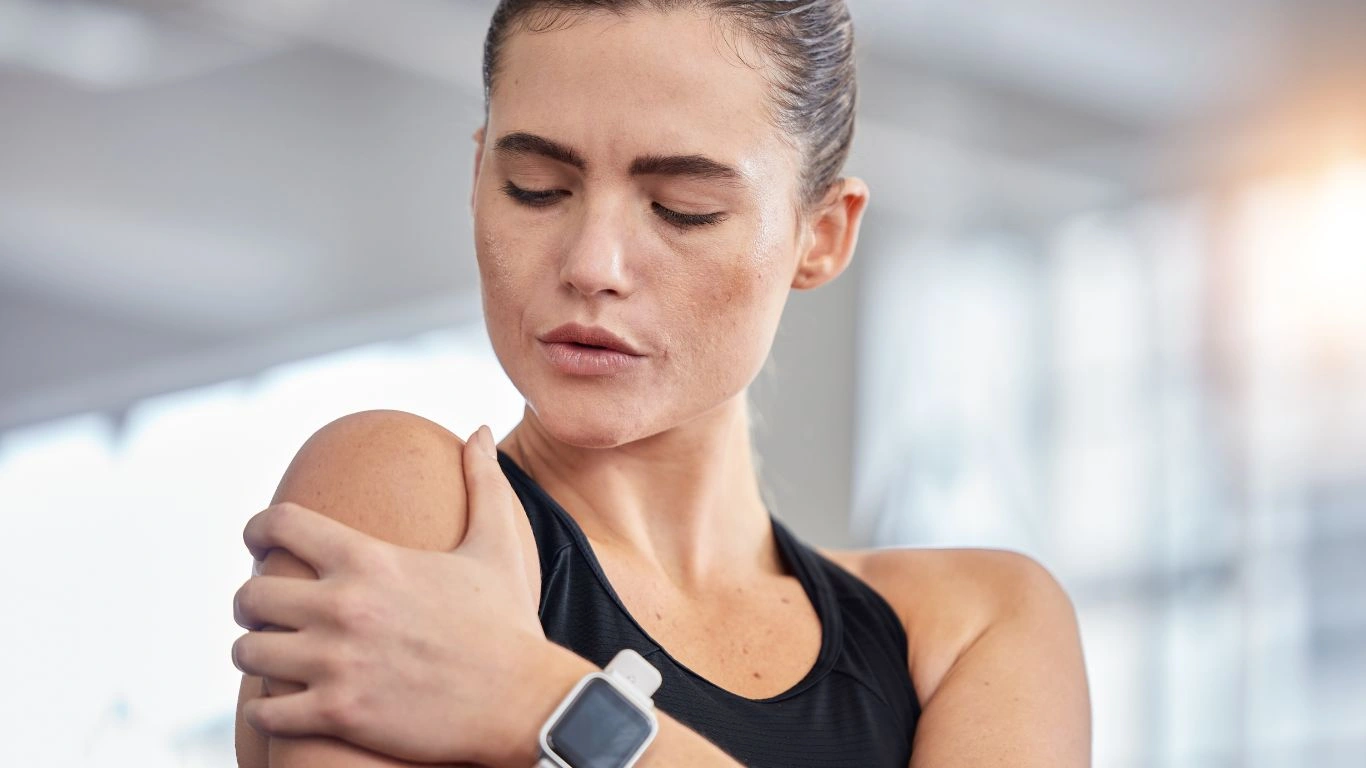
Alright, so here’s the real talk: RA and posture can really suck sometimes. But don’t worry, there are ways to make it easier on yourself. Let’s go through some of the common problems people with RA face, and I’ll share a few tips that worked for me.
1. Struggling to Stand or Walk
If RA has affected your knees, hips, or feet, standing up for long periods or walking without a limp can become a real challenge.
What helped me:
- Orthotics: Getting custom foot inserts was a game-changer for me. They help keep my feet aligned, which in turn made a big difference in how I walked.
- Supportive Shoes: I switched to shoes with better arch support, and honestly, it made a huge difference in my posture and comfort.
- Physical Therapy: I’ve done a few sessions with a physical therapist, and they showed me exercises to strengthen my muscles around the joints. It helped me stay more stable when walking.
2. Neck and Back Pain from Poor Posture
When RA starts to mess with your spine, it’s easy to end up with neck and back pain. I know it sounds like a minor thing, but after a while, bad posture can make everything feel worse.
What worked for me:
- Ergonomic Chair: I had to get an ergonomic chair for my home office. It sounds simple, but having good support really helps keep me upright and reduces that neck strain.
- Gentle Stretching: I started doing some basic stretching before bed. Nothing intense, just some light neck and back stretches to release tension.
3. Deformed Hands and Shoulders
When your hands or shoulders get affected, it’s not just painful—it can also change how you hold your body.
What worked for me:
- Splints: Wearing a splint at night for my hands kept them in a more neutral position and prevented further deformities.
- Braces: For my shoulders, I used a brace to support the joint when it was feeling weak. It helped me feel more stable and less hunched.
Success Stories 🎯
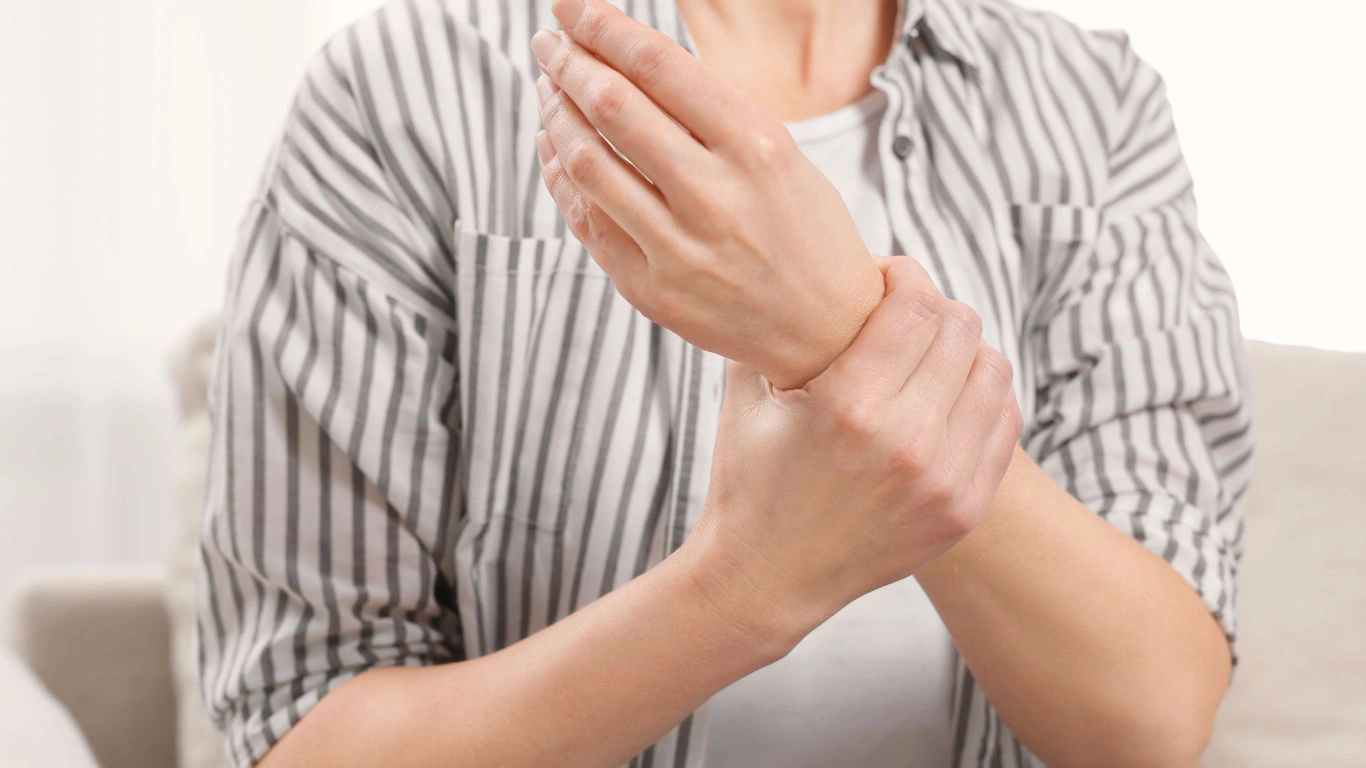
Emma’s Story: From Pain to Posture Perfection
Emma, 45, had been dealing with RA for a decade. By the time she was diagnosed, her knees and spine were both affected, and she started to notice herself slouching more to avoid pain. Her posture was getting worse, and she was always feeling worn out.
After some trial and error, she worked with a physical therapist who designed a plan to strengthen her core and back. She also swapped out her old shoes for supportive ones and wore braces at night for her knees. Within a few months, Emma was standing taller and feeling better, even with the RA still present.
Mark’s Transformation: Better Posture, Less Pain
Mark, 55, had been struggling with neck and back pain due to RA for years. Sitting at his desk all day wasn’t helping his posture, and he was constantly battling discomfort.
Mark decided to invest in an ergonomic office chair and started stretching regularly during his workday. It didn’t happen overnight, but after sticking with it for a couple of months, his posture improved, and so did his pain. He was finally able to sit upright without feeling like his back was going to snap in half!
Key Takeaways 📌
So, what should you take away from all this?
- RA can mess with your posture, but it doesn’t have to be permanent. With the right support, you can improve things.
- Customized solutions like orthotics, supportive footwear, and braces can make a huge difference in your comfort and posture.
- Physical therapy and exercises to strengthen muscles around your joints are key to keeping your body aligned.
- Small changes like sitting in an ergonomic chair or doing a few stretches a day can help you feel better without much effort.
FAQs 🤔
1. Can RA cause permanent posture damage?
It’s possible if RA is left untreated. But with the right care, including therapy and adjustments, you can improve or even reverse some of the posture problems.
2. Is it too late to fix my posture if I’ve had RA for years?
Nope! It’s never too late. The sooner you start working on it, the better, but even if you’ve had RA for a while, making some adjustments can still help.
3. Can I do exercises to improve my posture with RA?
Definitely! Just make sure to check with your doctor first, but gentle exercises like swimming or yoga can be great for building strength and flexibility.
4. Should I use a cane or walker for better posture?
If you need help with mobility, absolutely! A cane or walker can take some pressure off your joints and help you stand up straighter.
Disclaimer ⚠️
This post is just me sharing what worked for me—don’t take it as medical advice. Always talk to your doctor before trying anything new when it comes to managing RA.
Call to Action 📝
If you’re struggling with RA and your posture, don’t let it slide! Reach out to your healthcare provider or physical therapist for a plan that works for you. You deserve to feel better and stand tall!
